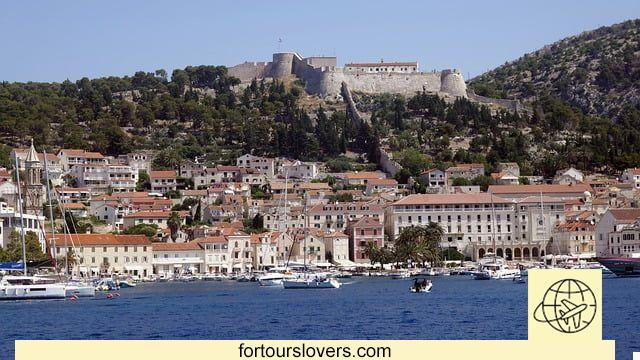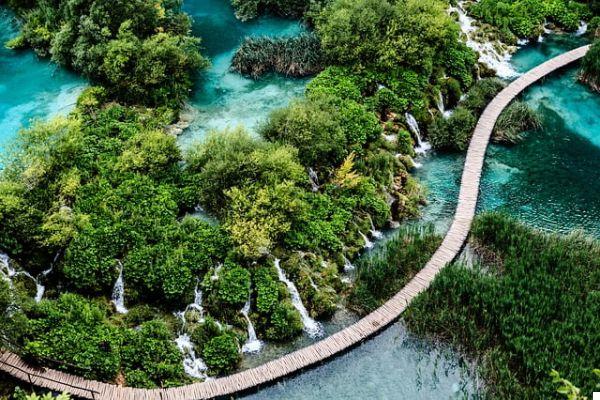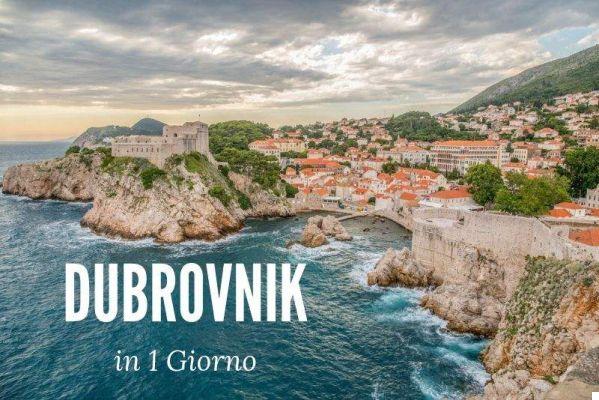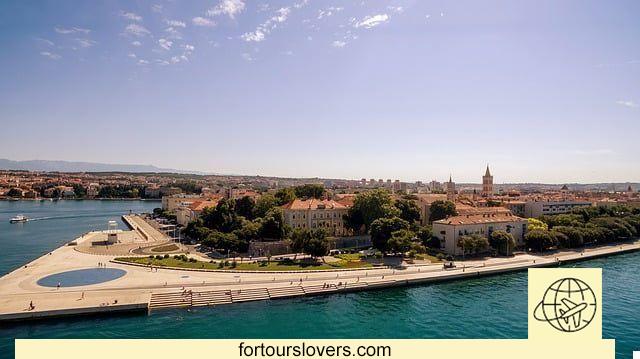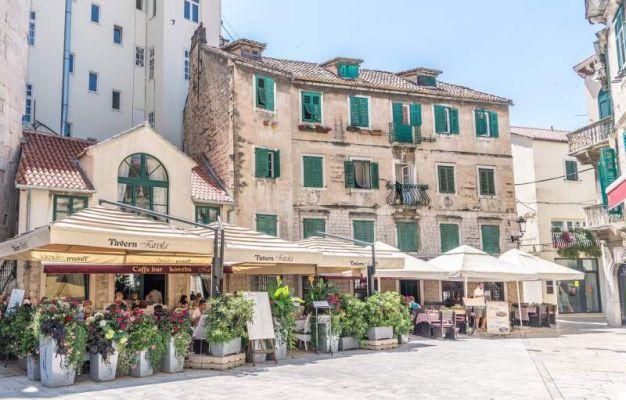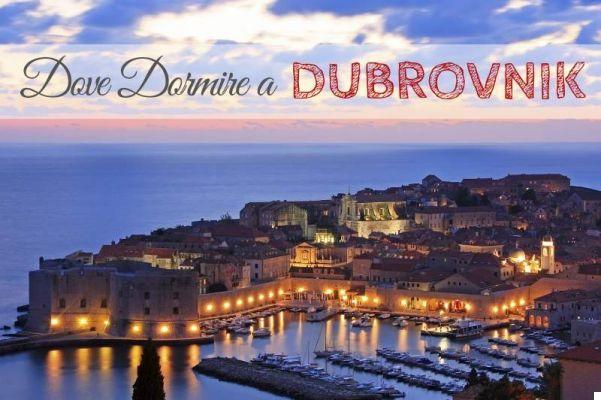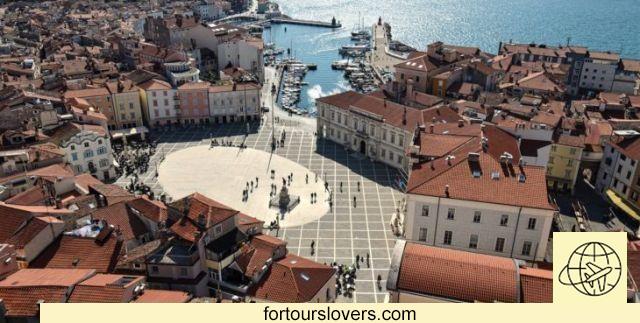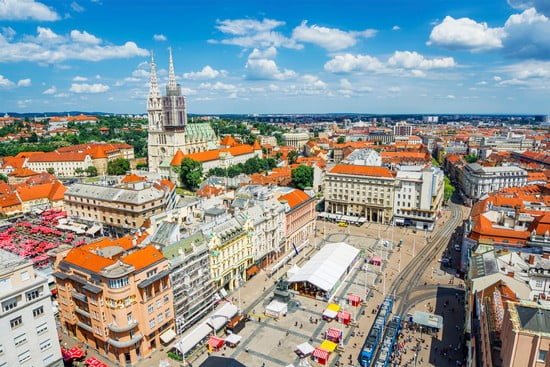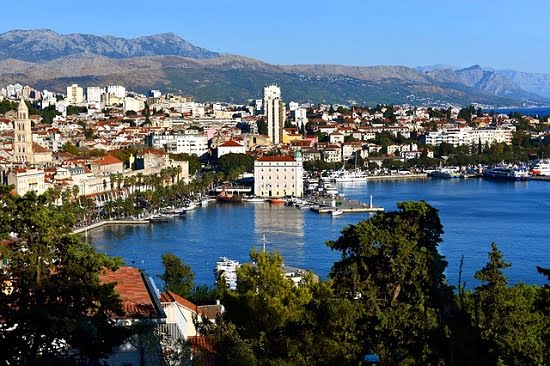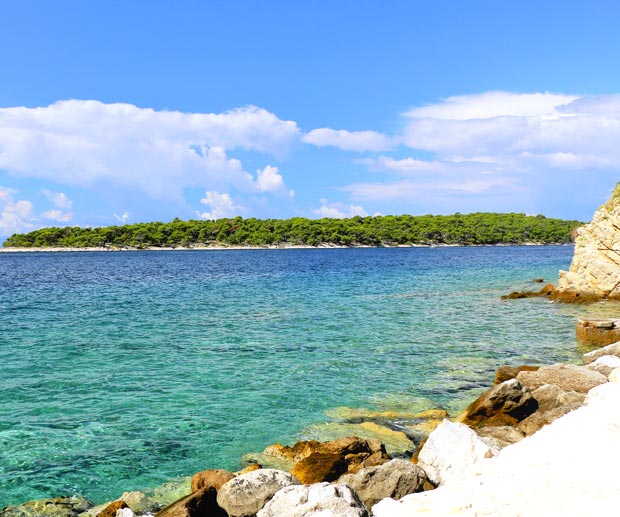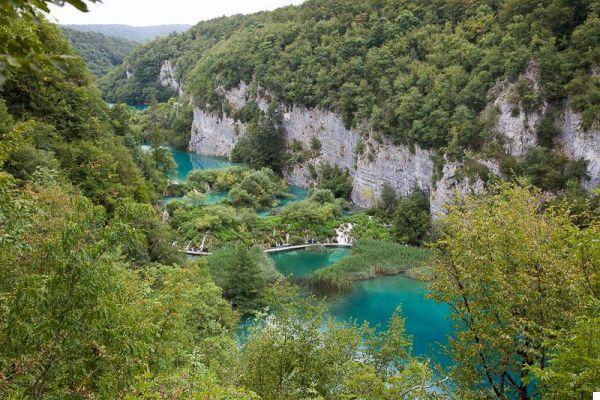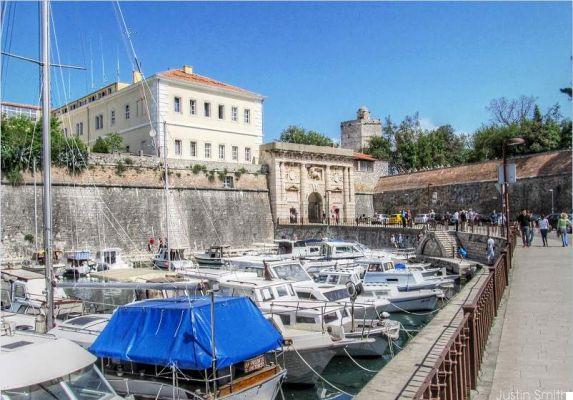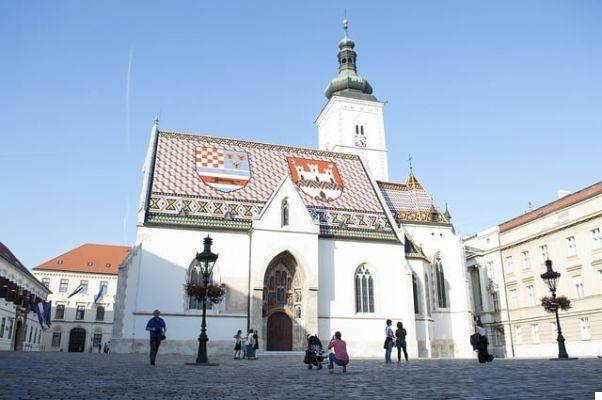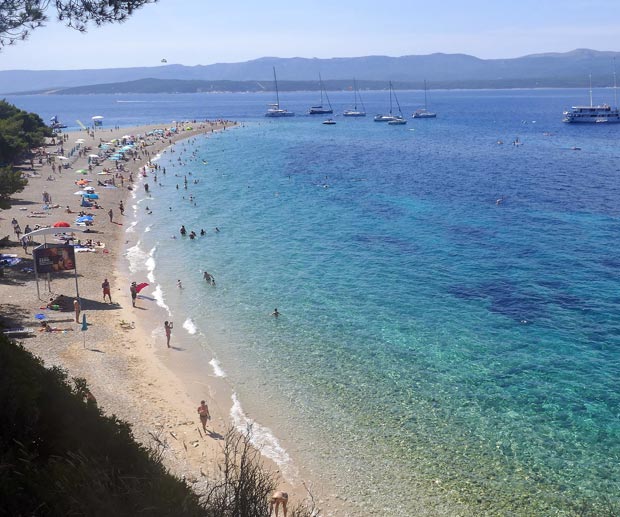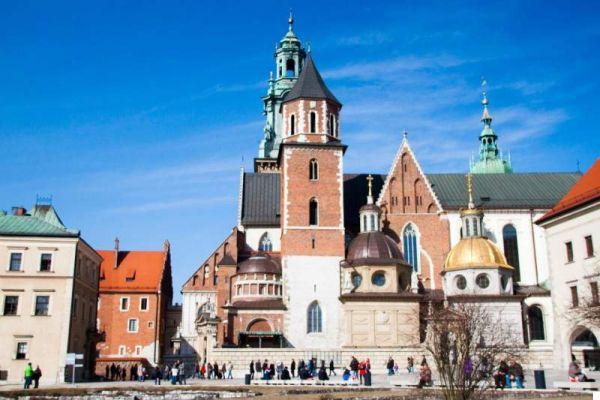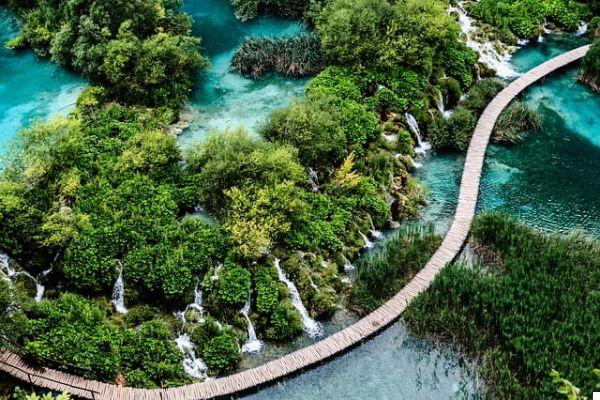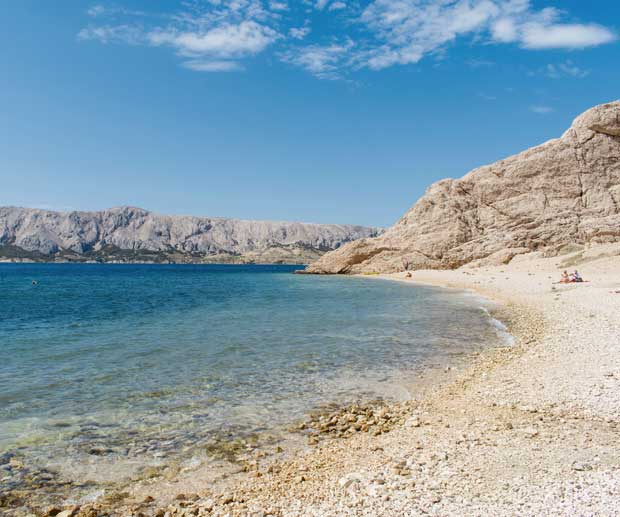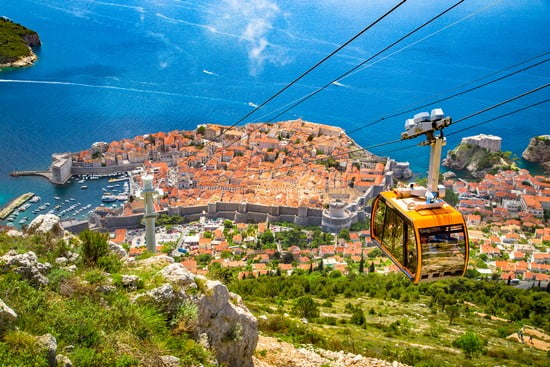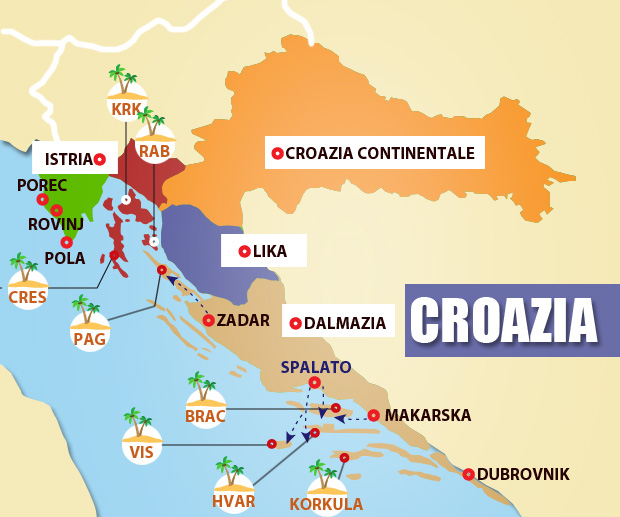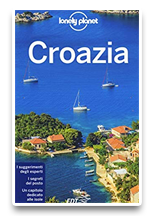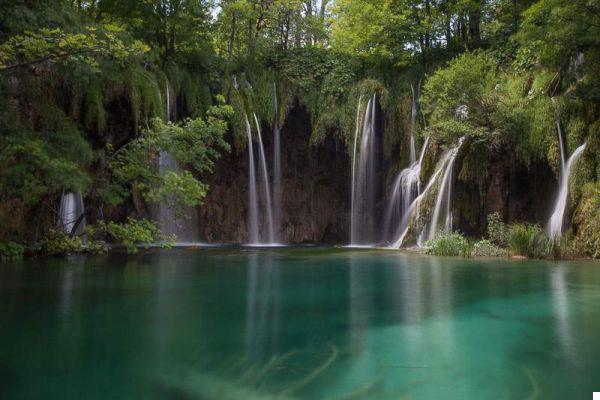After the wonderful trip to Croatia in the summer of 2014 which took us to visit the islands of Cres and Krk, i Plitvice lakes and Rovinj, we decided for the August 2016 holidays to visit the Dalmazia on the Road from Zadar to Dubrovnik, with an episode of a few days on theisland of Hvar, facing Split.
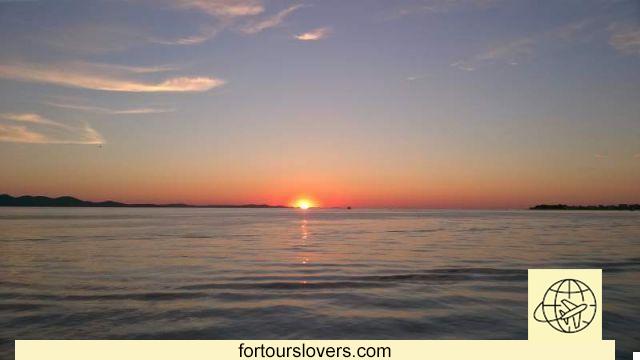
Although Croatia has been focusing for 20 years now on the rebirth of the economy following the civil war and above all on tourism, the means of transport available are still partially limited and to have a certain autonomy in travel we have chosen to tackle our tour by car.
However, for those wishing to go without a car we can say that with a little organization it is possible to move around and visit places of interest even by public transport.
To make the most of everything and plan successfully, buy before you leave a good guide like the lonely planet which gives you a lot of tips and information to organize your on the road!
Passing north-east, near Trieste, you cross a short stretch of Slovenia. If you find yourself taking a similar holiday in a peak period, you should know that, whether passing by state road or by motorway, you will probably encounter long queues.
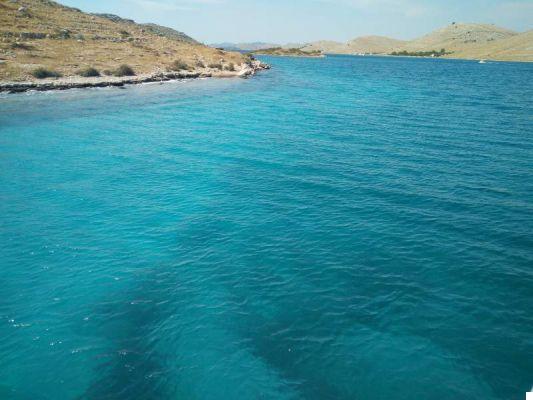
But given the beauty of the places you are going to visit it will not be worth it. If you want to reach the Dalmatia less tiring, however, you can take the ferry from Ancona that will take you directly to the first city of our Tour, Zadar (Zara).
RENT A CAR IN CROATIA
Rent a car in Croatia it is the best way to explore the country and one of the cheapest.
Having your own car gives you the flexibility to travel at your own pace and see places that are not possible on group travel or public transport.
Check out RentalCars.com at this link to compare rental car prices and find the best deal.
Zara
La city of Zadar, very ancient and rich in history, it was for centuries one of the most important of the Republic of Venice: you can notice it from the presence of innumerable “San Marco lions” present in many corners of the old part.
Maybe you might be interested in: What to see and do in Zadar!
The historic center of the city stands on a strip of land directly overlooking the sea: a small rectangular peninsula in the middle of the city.
The most important architectural complex in the city center is composed of the Church of San Donato, the adjacent archaeological site and the Cathedral of Sant'Anastasia with the bell tower, in which Romanesque and Byzantine styles blend perfectly.
If you can, climb the bell tower to contemplate the beauty of the city seen from above.
A tip: stop and enjoy the "greeting to the sun" until it falls behind the archipelago of islands in front of Zadar: on the pier north-west of Zadar an installation composed of glass panels and solar modules at sunset emits fascinating plays of light accompanied by the natural music of the sea organ, a real organ installed a few meters away, on whose pipes the sea water meets, producing continuously different sounds.
The center of the old city, characterized by the typical Dalmatian white stone, can be visited in an hour: in the summer, in the evening, it is alive, but not stressful, pleasant to visit, with the possibility of dining along its streets in one of the countless restaurants present. .
I open a parenthesis on Dalmatian cuisine, which will not leave you disappointed: we recommend excellent fish-based risottos andgrilled lamb, Croatian national dish.
You can easily enjoy an excellent complete dinner with less than 150 Kn each (less than 20 euros), but there are solutions for all budgets and all needs.
In Zadar it is also possible, with short trips by car, to reach very nice beaches: the most famous equipped one in the city is the Borok beach, with showers, beds and services for the disabled.
Instead, about twenty kilometers along the north coast, you can get to the lagoon city of Nin, renowned for Kite Surfing and mud baths, right in front of the southern part of the island of Pag.
Or, just before that, you can stop in the center of Zaton, with beaches for families, equipped with the possibility of beach volleyball and water park.
After a couple of days in Zadar, we decided to move south, stopping at Bibinje, an ancient fishing village with uncrowded pebble beaches and crystal clear sea, particularly interesting for snorkelers.
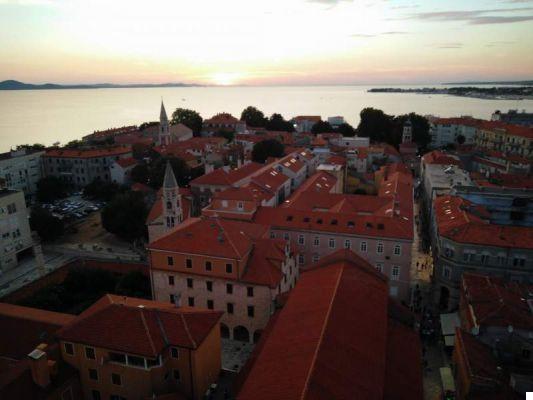
Sibenik
In the late afternoon we moved to the second leg of our journey, the small town of Sibenik (Sibenik), set before the mouth of the fiume Krka, which gives its name to the beautiful National Park, crossing it completely.
Even Šibenik, again characterized by the white Dalmatian stone, is full of charm and history: they are definitely worth a visit there Cathedral of San Giacomo and the adjacent Great Loggia, in addition to the small streets of the center up to the upper part of the town.
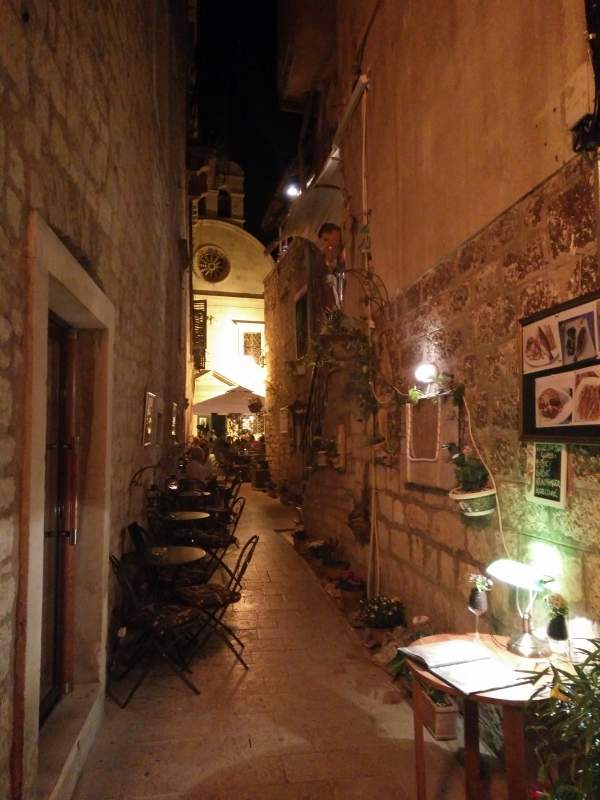
Less crowded and touristy than Zadar, making it even more suggestive, Sibenik is located in a strategic point for excursions and trips: from the small port it is possible to go up, by small boats, along the Krka river to the waterfalls or, as chosen by us, by car to reach the village of Murter, where by renting private boats or through organized trips, in a couple of hours of smooth sailing, you arrive at spectacular and unspoiled Kornati Islands.
This is an archipelago of over 30 islands, a 100% natural park: almost devoid of houses, if not some support for fishermen or typical "konoba", Croatian trattorias, will offer you a unique panorama, with crystal clear waters and barren hills alternate as far as the eye can see.
Take advantage of it to take a break and a nice swim, even if the actual beaches are very few. Guided tours run along the Kornati islands crossing them internally, in that sort of semi-open marine lake that they form. If you have the opportunity, also stop and sleep a night in the houses that fishermen rent at very reasonable prices to enjoy a unique peace and an unforgettable swim under the stars.
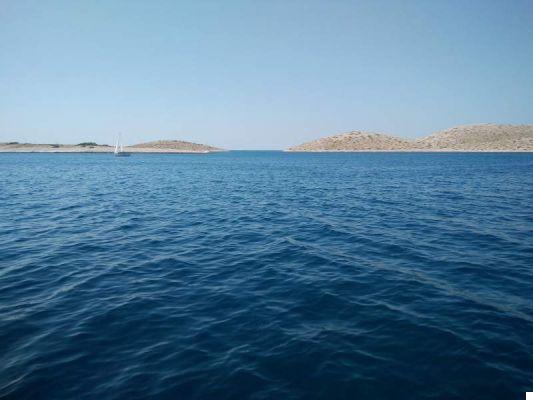
Primosten
Another pearl of Dalmatia, not even half an hour's drive south of Sibenik, is Primosten, one of the oldest cities in all of Croatia, and a very pleasant surprise. It is a very small village that rises on an isthmus, surrounded by 2 inlets, with 2 beautiful, but at the same time quiet equipped beaches.
Calm sea, the shade of the pines behind and blue waters will make you spend hours of pleasant relaxation. The village turns around in about an hour and you can easily get lost in the narrow streets of the center up to the church that rises at the top, or go around it along the promenade that runs along the sea.
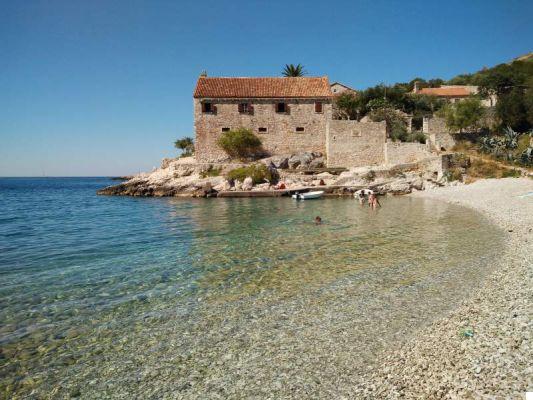
Split
The next stop on our Dalmatian tour, with just another hour drive south, took us to one of the most important cities in Croatia, as well as the famous port of Dalmatia in which Diocletian died: we are speaking of course of Split (Split).
An important port since the time of the Roman Empire, Split is today the crossroads of numerous ferry routes, both to some of the main tourist islands of Croatia like Brac e Hvar. The city once again combines the white stone and the Byzantine style with that of ancient Rome.
Nerve center of the city are the ruins of the Diocletian's Palace, which cover an area of about 200 meters per side, a real open-air archaeological site, with its famous Porta Aurea.
Maybe you might be interested in reading: What to see in Split and why I would not go there again.
- Related reading: Where to sleep in Split, guide to the best areas to stay
The walk that leads up to the viewpoint overlooking Split is also worth a visit, as well as the small streets of the pedestrian center. The city is full of life, from the recently revisited seafront promenade to the entire historic center, where you can find entertainment, nightlife, culture and a lot of art.
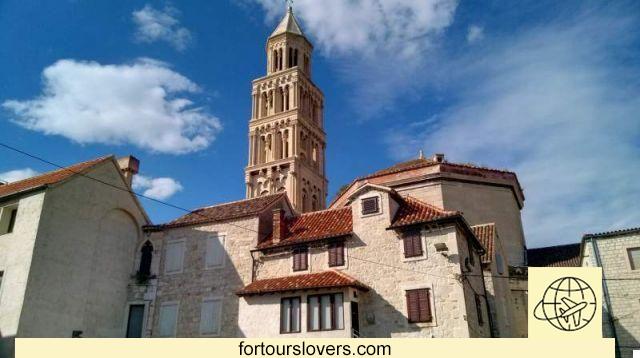
Hvar
After a couple of days in the city of Split we chose to spend 5 days on theisland of Hvar, a holiday within a holiday. From the port of Split, near the promenade, there are numerous daily departures for the island, with the possibility of loading the car in tow.
The port of The Old City (Old Town) on Hvar can be reached in a couple of hours and, the thing that immediately surprised us is how an island so well known to tourism, one of the main ones in Croatia, can still be largely wild and unspoiled.
The island, characterized by a varied and indented coast, has 4 main towns: from west to east it stretches for over 100 km with the coastal villages of awl, the island's nerve center, e The Old City, the oldest city in the whole of Croatia, in the west; Jelsa e Vrboska, in the central part of the island e Sucuraj at the less touristy end to the east, near the mainland.
For our stay we have chosen the small but cozy center of Jelsa, very characteristic and relaxing. Near the town, a twenty minute walk to the east, you can find campsites immersed in a corner of paradise surrounded by beautiful marine coves, with shallow and transparent water and a sandy bottom.
To the west, however, it is possible to enjoy a beautiful walk of an hour reaching the town of Vrboska, overlooking the north coast of the island, in front of theisland of Brac, in the same style as Jelsa.
The very old and perfectly preserved city of Stari Grad is also definitely worth a visit.
As for the beaches, however, the southern part of the island is undoubtedly the most advisable. Reachable in about half an hour by car, beyond the main tunnel that connects the north and south of the island along the narrowest part, you can reach the Dubovica beaches, a beautiful bay of white pebbles and transparent water, made unique by the stone cottage that dominates it.
Other beaches which deserve a stop and an afternoon of relaxation, not far away, are 2am creeks of Zarace, one back to the other, and the small beaches of Zavala, which wind south for a stretch of a few kilometers, which can also be traveled by sea by renting a kayak.
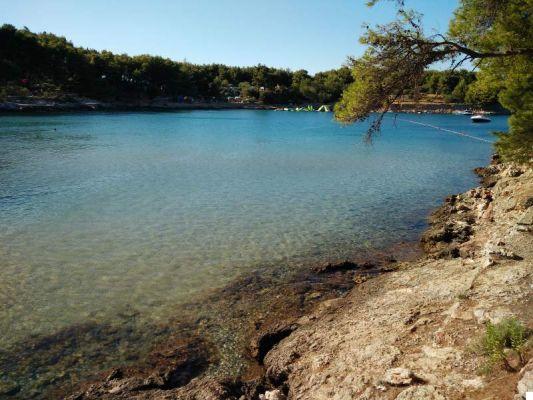
The island is green and has numerous vineyards: if you are passionate, stop in the numerous "home cellars" that the inhabitants of the island have created, taking advantage of tourism, and taste some typical liqueurs, such as travarica.
Parenthesis apart deserves the city of Hvar. Surely the most modern and crowded, it is the one that offers the greatest possibility of nightlife, variety of clubs, but also interesting excursions. Among these we recommend a visit to Pakleni, jagged islets reachable by a few minutes by taxi boat, south east of Hvar.
Small enchanting and uncontaminated bays, crystal clear water and a spectacular seabed await you for a few hours of relaxation in which you will really feel like you are in an exotic place.
Dubrovnik
Reluctantly left Hvar thanks to a mini-boat (loads up to 30 cars) that travels the Sucuraj-Drvenik route in half an hour, we set out, still southwards, to Dubrovnik (Ragusa), the last leg of our journey in Dalmatia.
The coastal area that also led us to cross a short stretch of Bosnia-Herzegovina alternates, abrupt cliffs dominated by vineyards.
Once in Dubrovnik, organize yourself to get around by public transport as here they are much more comfortable than the car.
The city, known as the pearl of the Adriatic, has 2 faces: a particular charm, due to the mighty walls that surround it, the splendor of the public buildings and churches present in it, the art and culture that surround you while walk in its narrow streets.
But at the same time the enormous tourist influx makes it lose, in part, that value that could be appreciated if it were not by now so famous. In the city worth a visit there Piazza della Loggia, the Stradun, Piazza Prid Dvorom, Piazza della Gondola. In general, getting lost in the streets of Dubrovnik to enjoy it is very fascinating.
Read also: what to see in Dubrovnik in one day
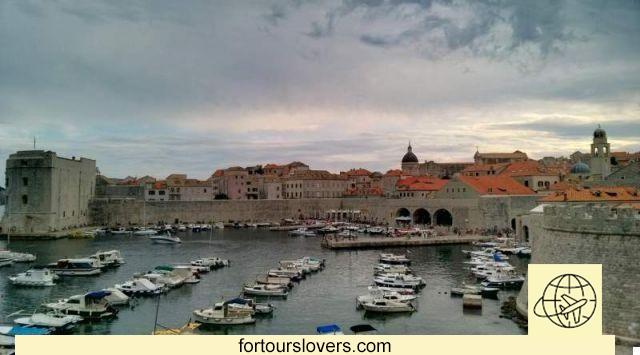
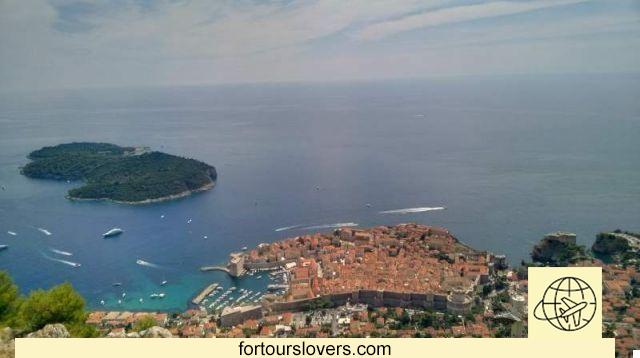
However, the main attractions of the city, such as the walk on the walls, the beautiful park on theLokrum island in front of the city and the funicular that leads to the top of the mountain behind Dubrovnik are irremediably invaded by mass tourism and, anomalously compared to the rest of Croatia, they have quite high prices (120 Kn each, about 15 euros).
In short, to better appreciate this pearl it is advisable to look for the squares and clubs frequented by the locals, avoiding the more touristy ones.
Related articles: Where to sleep in Dubrovnik, guide to the best areas and hotels
A few minutes by bus from the center of Dubrovnik there are departures for Bari (12 hours of night navigation) and here ends (alas!) Our wonderful tour in Dalmatia and on the island of Hvar.
What to say: the balance of the trip is highly positive: the hospitality and kindness of the Croatians we met, the ancient charm of some towns, where more artistic styles blend perfectly, the splendor of the still unspoiled nature of some areas of the Dalmatia they made us leave Croatia for the second time, really reluctantly.
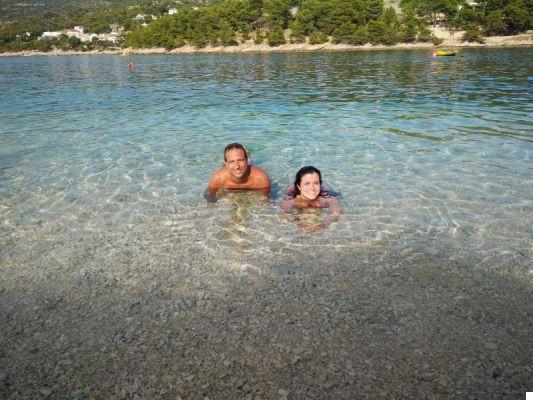
Luca and Arianna, authors of the article and of the photos
This article was written by Luca and Arianna who together visited the whole Dalmazia on the road in the summer of 2016




